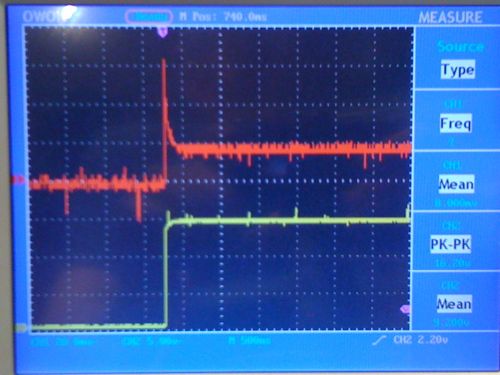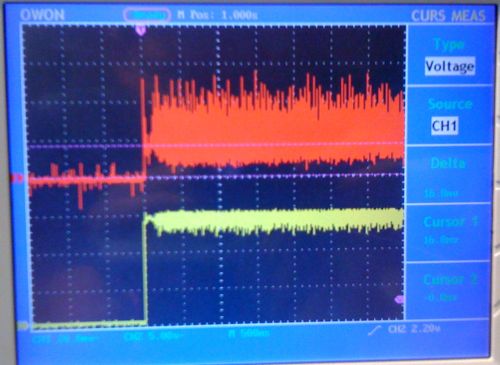Found an interesting study about HID ballast start up current draw.
After reading this it should conclude if an aftermarket relay is needed or not for aftermarket HID kit installation on our NSX.
http://theeshadow.com/files/volvo/hidcomp.html
After reading this it should conclude if an aftermarket relay is needed or not for aftermarket HID kit installation on our NSX.
http://theeshadow.com/files/volvo/hidcomp.html






